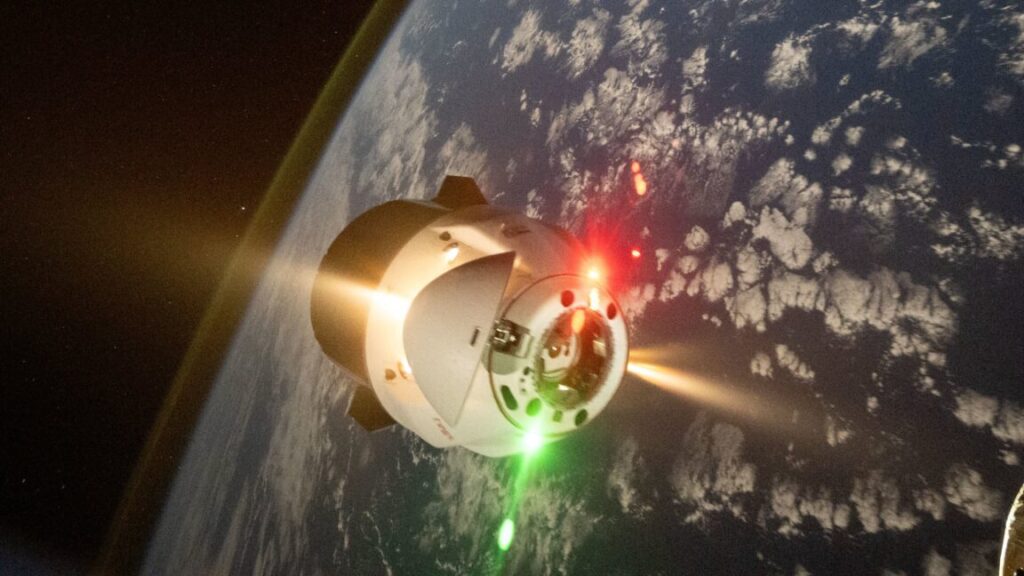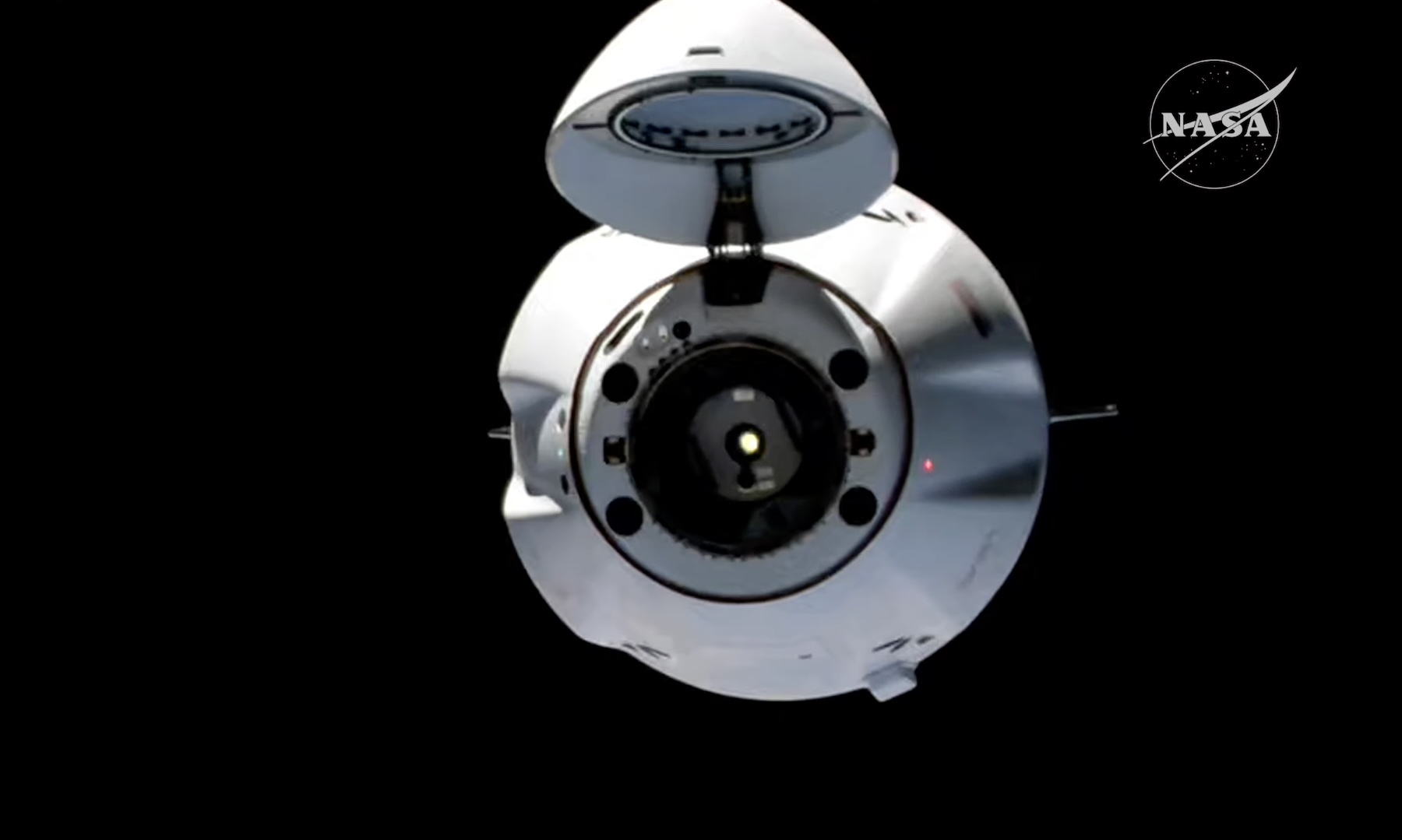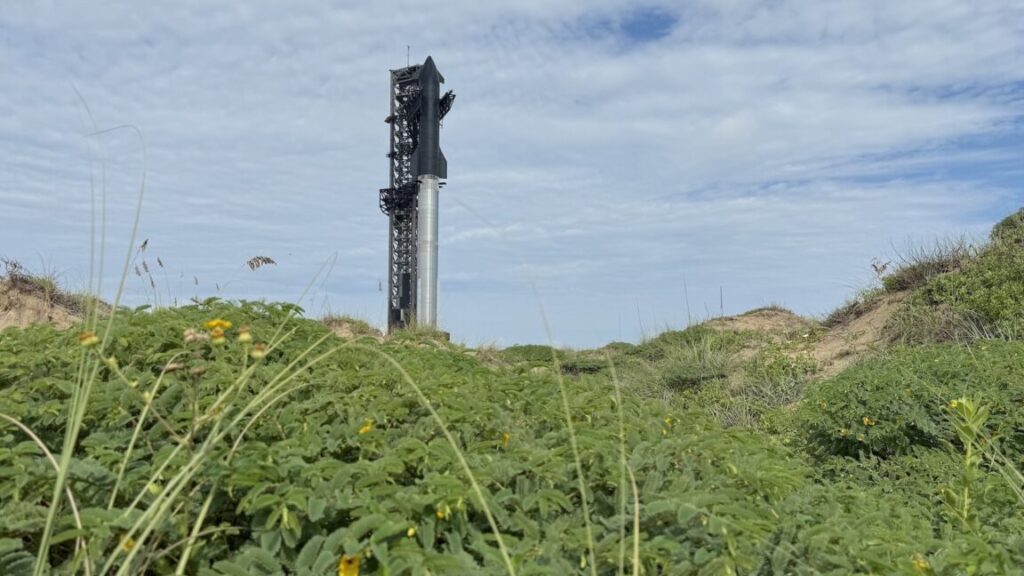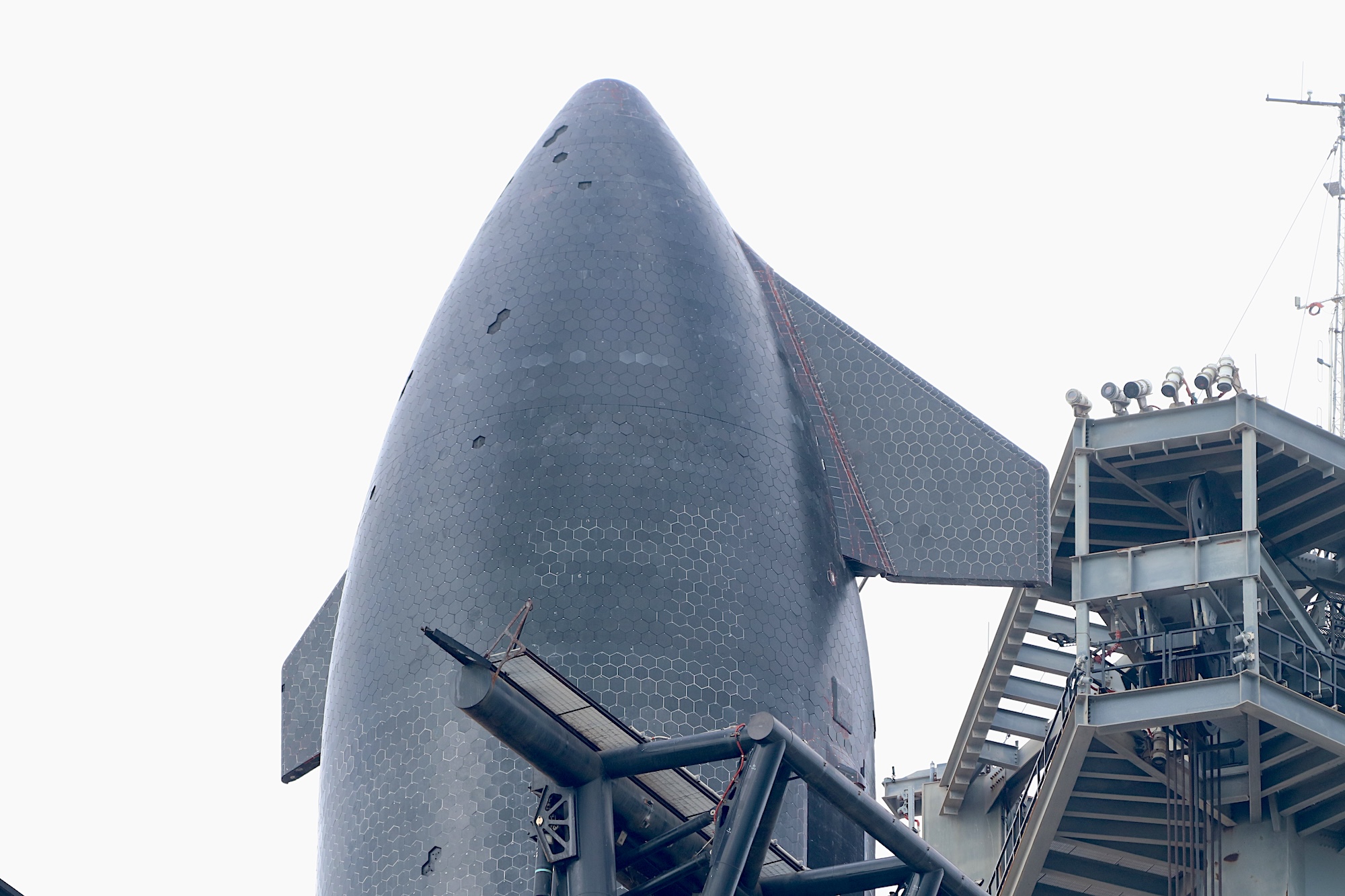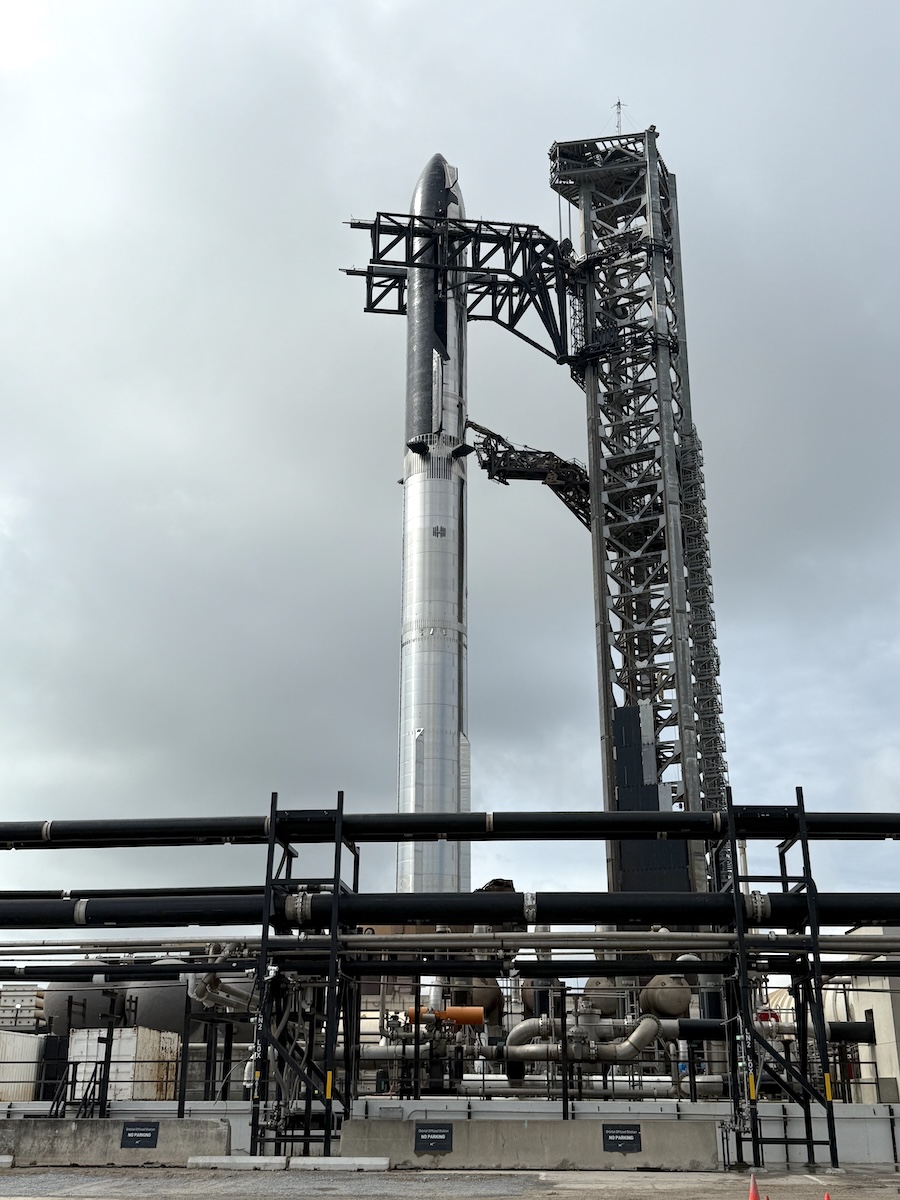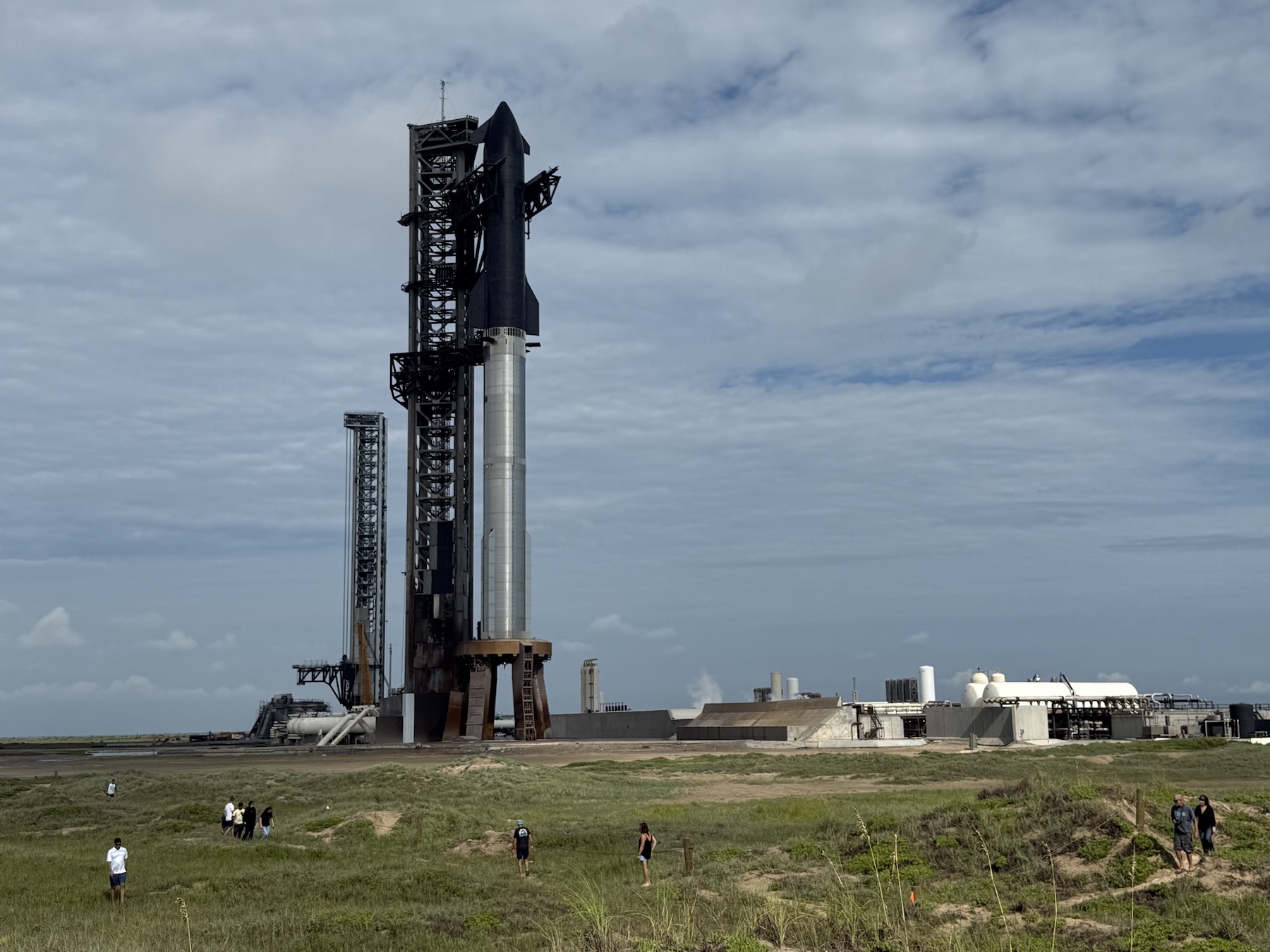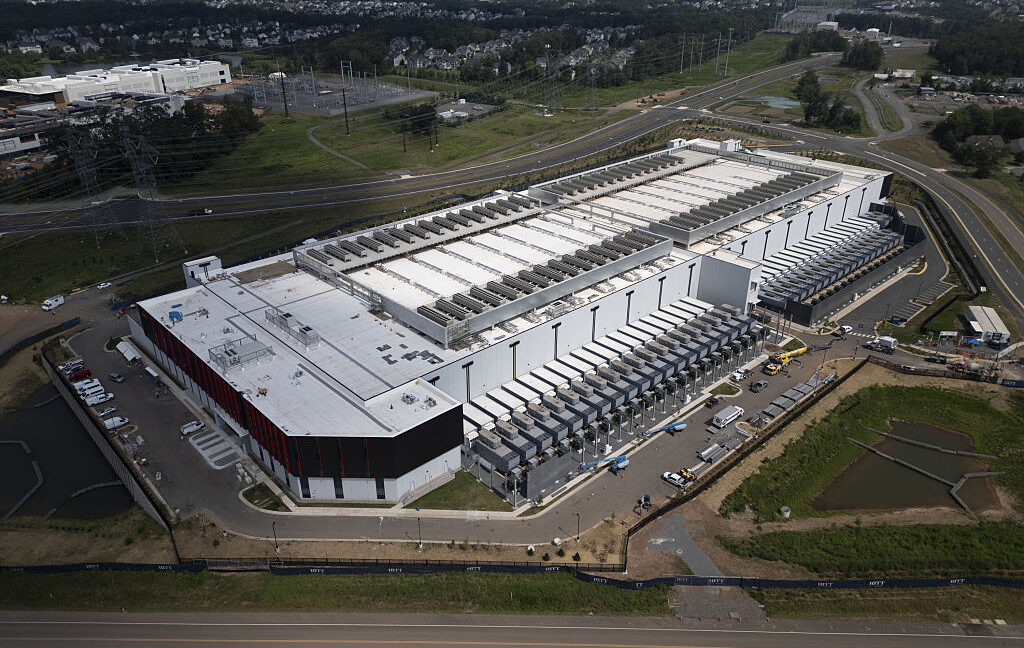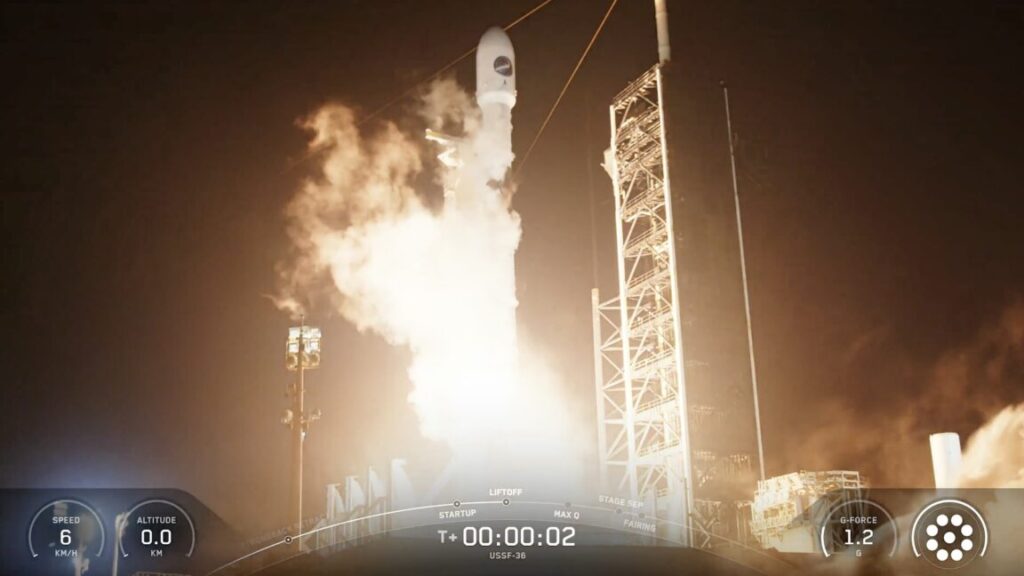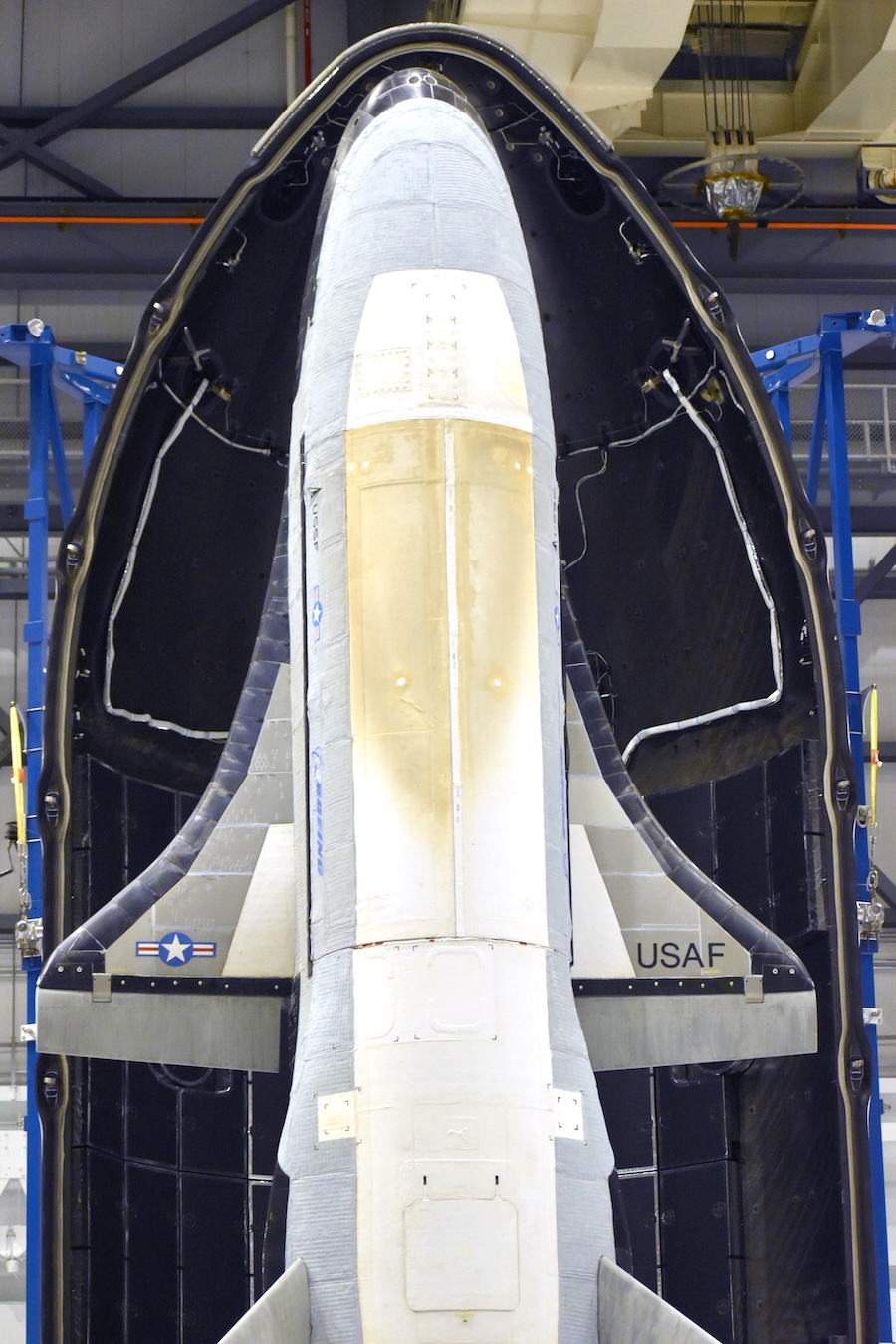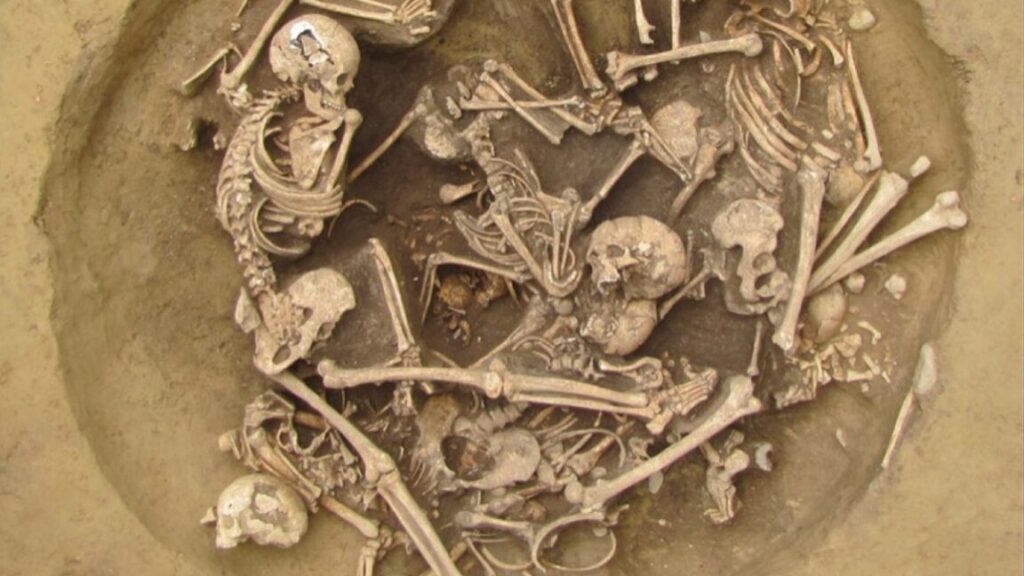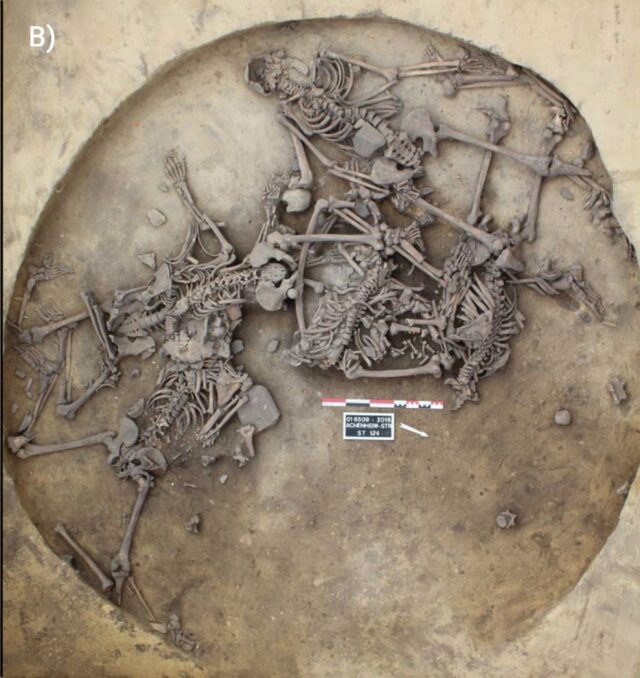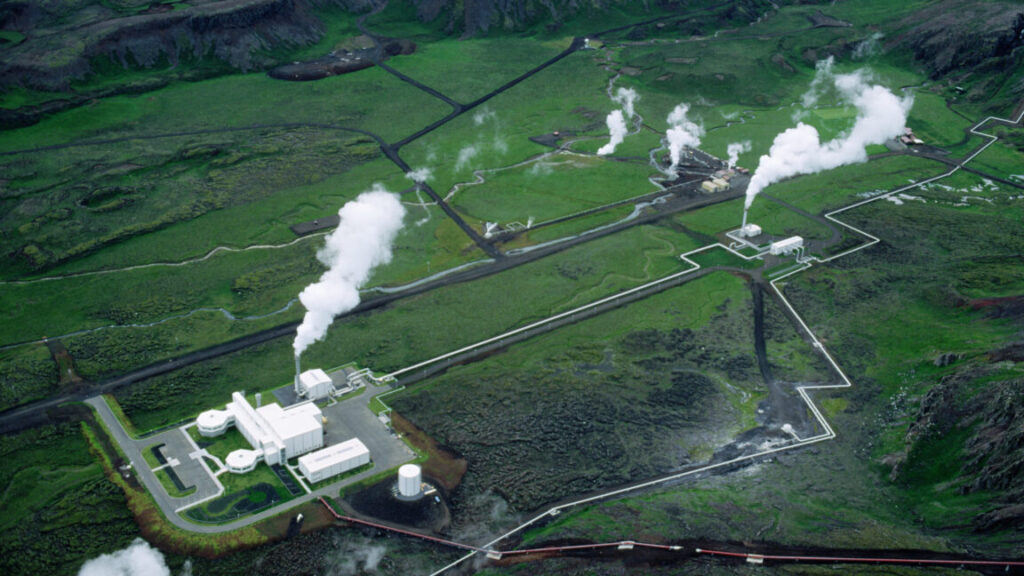How the cavefish lost its eyes—again and again
Mexican tetras in pitch-black caverns had no use for the energetically costly organs.
Photographs of Astyanax mexicanus, surface form with eyes (top) and cave form without eyes (bottom). Credit: Daniel Castranova, NICHD/NIH
Time and again, whenever a population was swept into a cave and survived long enough for natural selection to have its way, the eyes disappeared. “But it’s not that everything has been lost in cavefish,” says geneticist Jaya Krishnan of the Oklahoma Medical Research Foundation. “Many enhancements have also happened.”
Though the demise of their eyes continues to fascinate biologists, in recent years, attention has shifted to other intriguing aspects of cavefish biology. It has become increasingly clear that they haven’t just lost sight but also gained many adaptations that help them to thrive in their cave environment, including some that may hold clues to treatments for obesity and diabetes in people.
Casting off expensive eyes
It has long been debated why the eyes were lost. Some biologists used to argue that they just withered away over generations because cave-dwelling animals with faulty eyes experienced no disadvantage. But another explanation is now considered more likely, says evolutionary physiologist Nicolas Rohner of the University of Münster in Germany: “Eyes are very expensive in terms of resources and energy. Most people now agree that there must be some advantage to losing them if you don’t need them.”
Scientists have observed that mutations in different genes involved in eye formation have led to eye loss. In other words, says Krishnan, “different cavefish populations have lost their eyes in different ways.”
Meanwhile, the fishes’ other senses tend to have been enhanced. Studies have found that cave-dwelling fish can detect lower levels of amino acids than surface fish can. They also have more tastebuds and a higher density of sensitive cells alongside their bodies that let them sense water pressure and flow.
Regions of the brain that process other senses are also expanded, says developmental biologist Misty Riddle of the University of Nevada, Reno, who coauthored a 2023 article on Mexican tetra research in the Annual Review of Cell and Developmental Biology. “I think what happened is that you have to, sort of, kill the eye program in order to expand the other areas.”
Killing the processes that support the formation of the eye is quite literally what happens. Just like non-cave-dwelling members of the species, all cavefish embryos start making eyes. But after a few hours, cells in the developing eye start dying, until the entire structure has disappeared. Riddle thinks this apparent inefficiency may be unavoidable. “The early development of the brain and the eye are completely intertwined—they happen together,” she says. That means the least disruptive way for eyelessness to evolve may be to start making an eye and then get rid of it.
In what Krishnan and Rohner have called “one of the most striking experiments performed in the field of vertebrate evolution,” a study published in 2000 showed that the fate of the cavefish eye is heavily influenced by its lens. Scientists showed this by transplanting the lens of a surface fish embryo to a cavefish embryo, and vice versa. When they did this, the eye of the cavefish grew a retina, rod cells, and other important parts, while the eye of the surface fish stayed small and underdeveloped.
Starving and bingeing
It’s easy to see why cavefish would be at a disadvantage if they were to maintain expensive tissues they aren’t using. Since relatively little lives or grows in their caves, the fish are likely surviving on a meager diet of mostly bat feces and organic waste that washes in during the rainy season. Researchers keeping cavefish in labs have discovered that, genetically, the creatures are exquisitely adapted to absorbing and storing nutrients. “They’re constantly hungry, eating as much as they can,” Krishnan says.
Intriguingly, the fish have at least two mutations that are associated with diabetes and obesity in humans. In the cavefish, though, they may be the basis of some traits that are very helpful to a fish that occasionally has a lot of food but often has none. When scientists compare cavefish and surface fish kept in the lab under the same conditions, cavefish fed regular amounts of standard fish food “get fat. They get high blood sugar,” Rohner says. “But remarkably, they do not develop obvious signs of disease.”
Fats can be toxic for tissues, Rohner explains, so they are stored in fat cells. “But when these cells get too big, they can burst, which is why we often see chronic inflammation in humans and other animals that have stored a lot of fat in their tissues.” Yet a 2020 study by Rohner, Krishnan, and their colleagues revealed that even very well-fed cavefish had fewer signs of inflammation in their fat tissues than surface fish do.
Even in their sparse cave conditions, wild cavefish can sometimes get very fat, says Riddle. This is presumably because, whenever food ends up in the cave, the fish eat as much of it as possible, since there may be nothing else for a long time to come. Intriguingly, Riddle says, their fat is usually bright yellow, because of high levels of carotenoids, the substance in the carrots that your grandmother used to tell you were good for your… eyes.
“The first thing that came to our mind, of course, was that they were accumulating these because they don’t have eyes,” says Riddle. In this species, such ideas can be tested: Scientists can cross surface fish (with eyes) and cavefish (without eyes) and look at what their offspring are like. When that’s done, Riddle says, researchers see no link between eye presence or size and the accumulation of carotenoids. Some eyeless cavefish had fat that was practically white, indicating lower carotenoid levels.
Instead, Riddle thinks these carotenoids may be another adaptation to suppress inflammation, which might be important in the wild, as cavefish are likely overeating whenever food arrives.
Studies by Krishnan, Rohner, and colleagues published in 2020 and 2022 have found other adaptations that seem to help tamp down inflammation. Cavefish cells produce lower levels of certain molecules called cytokines that promote inflammation, as well as lower levels of reactive oxygen species — tissue-damaging byproducts of the body’s metabolism that are often elevated in people with obesity or diabetes.
Krishnan is investigating this further, hoping to understand how the well-fed cavefish remain healthy. Rohner, meanwhile, is increasingly interested in how cavefish survive not just overeating, but long periods of starvation, too.
No waste
On a more fundamental level, researchers still hope to figure out why the Mexican tetra evolved into cave forms while any number of other Mexican river fish that also regularly end up in caves did not. (Globally, there are more than 200 cave-adapted fish species, but species that also still have populations on the surface are quite rare.) “Presumably, there is something about the tetras’ genetic makeup that makes it easier for them to adapt,” says Riddle.
Though cavefish are now well-established lab animals used in research and are easy to purchase for that purpose, preserving them in the wild will be important to safeguard the lessons they still hold for us. “There are hundreds of millions of the surface fish,” says Rohner, but cavefish populations are smaller and more vulnerable to pressures like pollution and people drawing water from caves during droughts.
One of Riddle’s students, David Perez Guerra, is now involved in a committee to support cavefish conservation. And researchers themselves are increasingly careful, too. “The tissues of the fish collected during our lab’s last field trip benefited nine different labs,” Riddle says. “We wasted nothing.”
This article originally appeared in Knowable Magazine, a nonprofit publication dedicated to making scientific knowledge accessible to all. Sign up for Knowable Magazine’s newsletter.
How the cavefish lost its eyes—again and again Read More »



